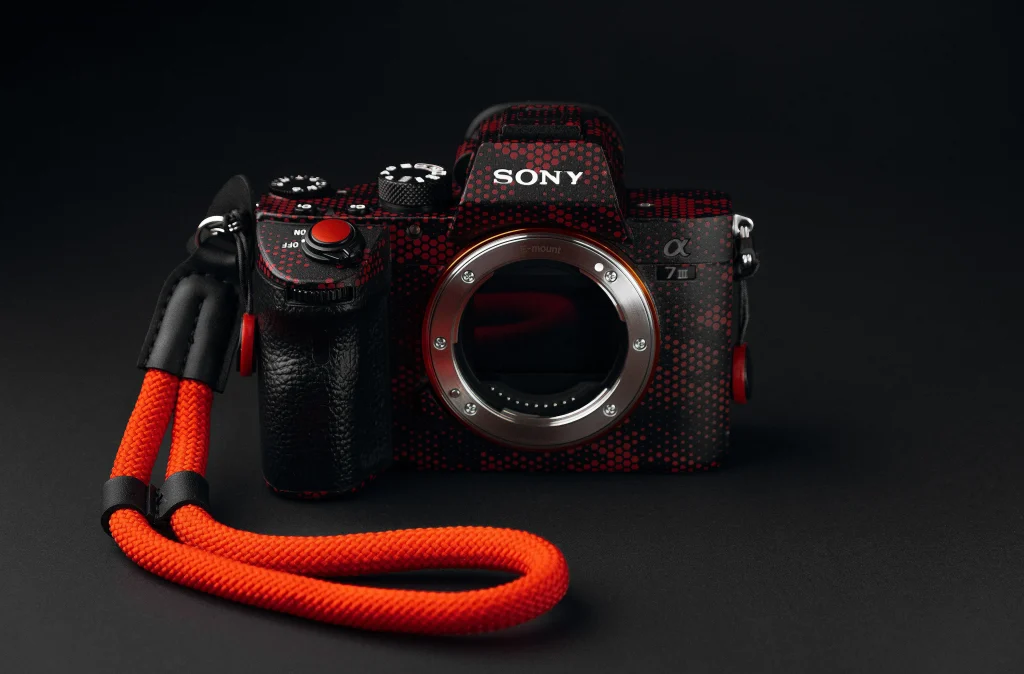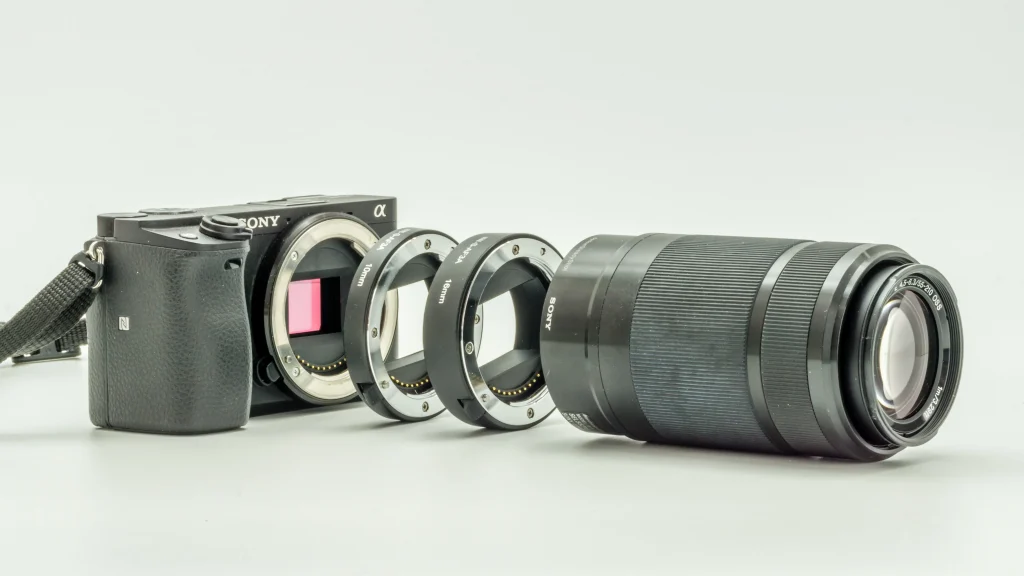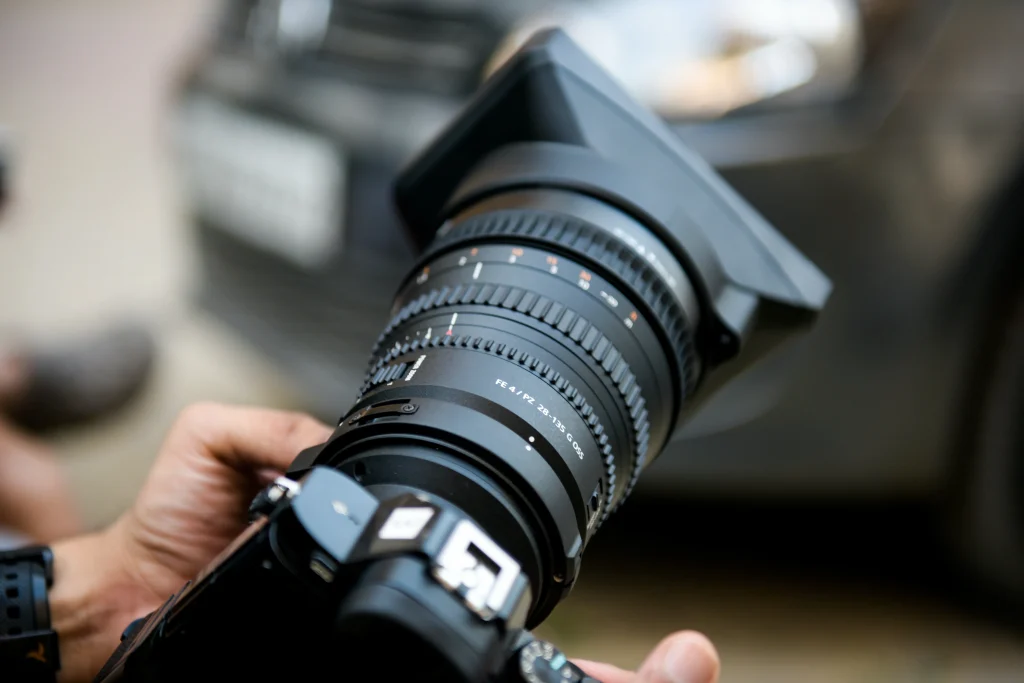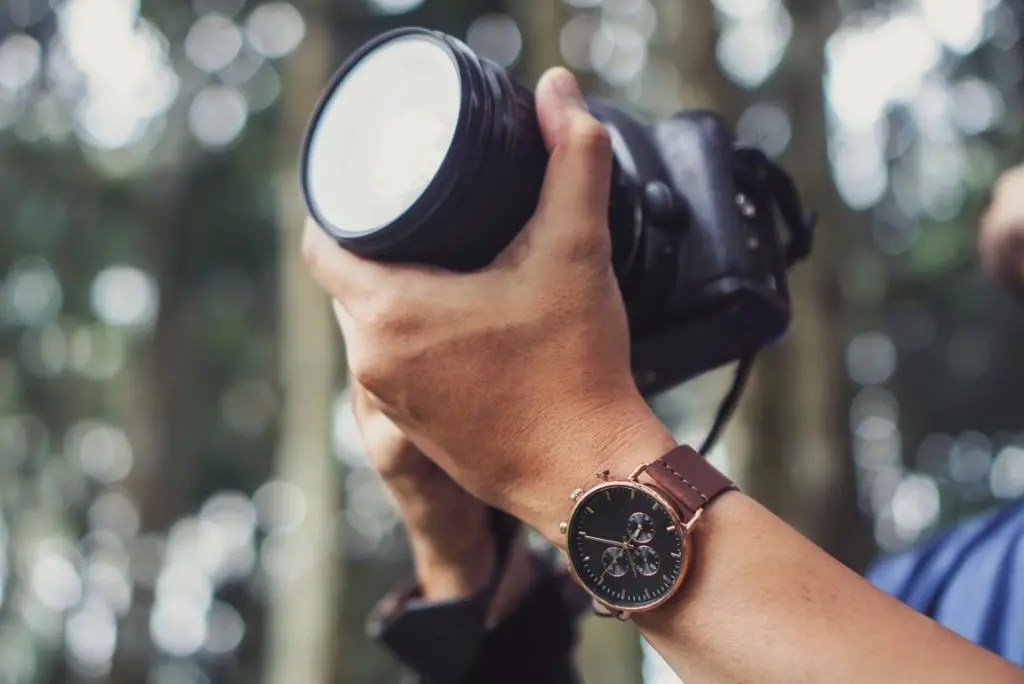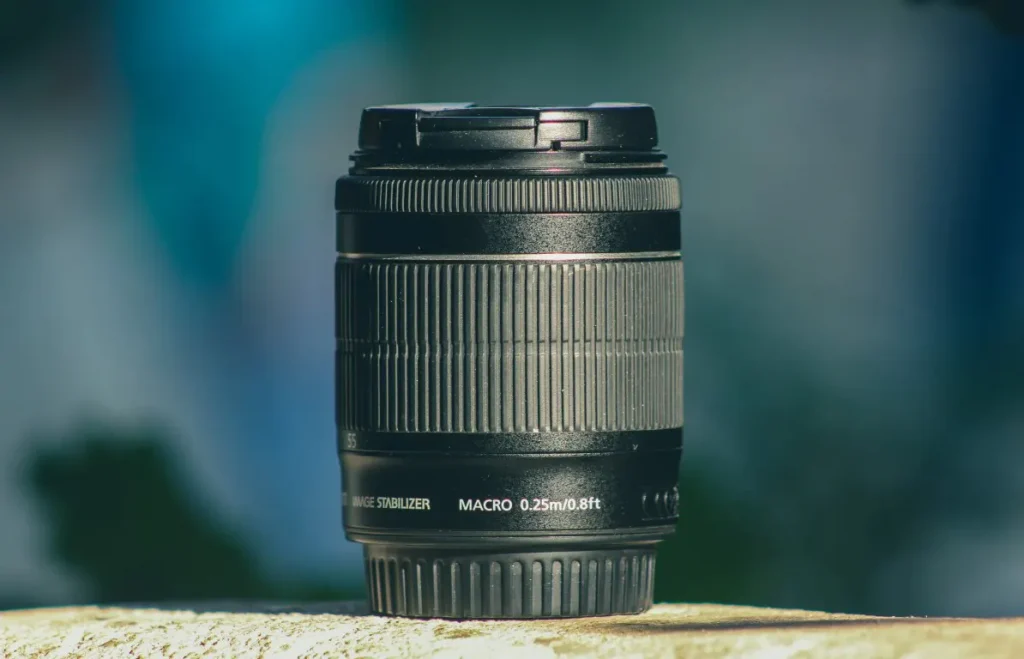
Yes, without a doubt, a macro lens has been an essential tool in my product photography journey.
I’ve found that a macro lens significantly enhances the details of the products I photograph, especially in eCommerce photography.
Since you have to take pictures of your product and want to brand and promote your product, your camera must require a sharp lens like a macro lens.
However, if you’re still confused about whether you need a macro lens for product photography, read the article consciously.
I’ve compiled all the insights and experiences I’ve gained along the way in this article, hoping to guide others who might be starting their own macro product photography journey.
My Top Choices:
• Nikon AF-S DX Micro-NIKKOR 40mm f/2.8G
• Sony 90mm f2.8 Macro G OSS
• Canon EF 100mm f/2.8L IS USM Macro
What is a Macro Lens in Product Photography?
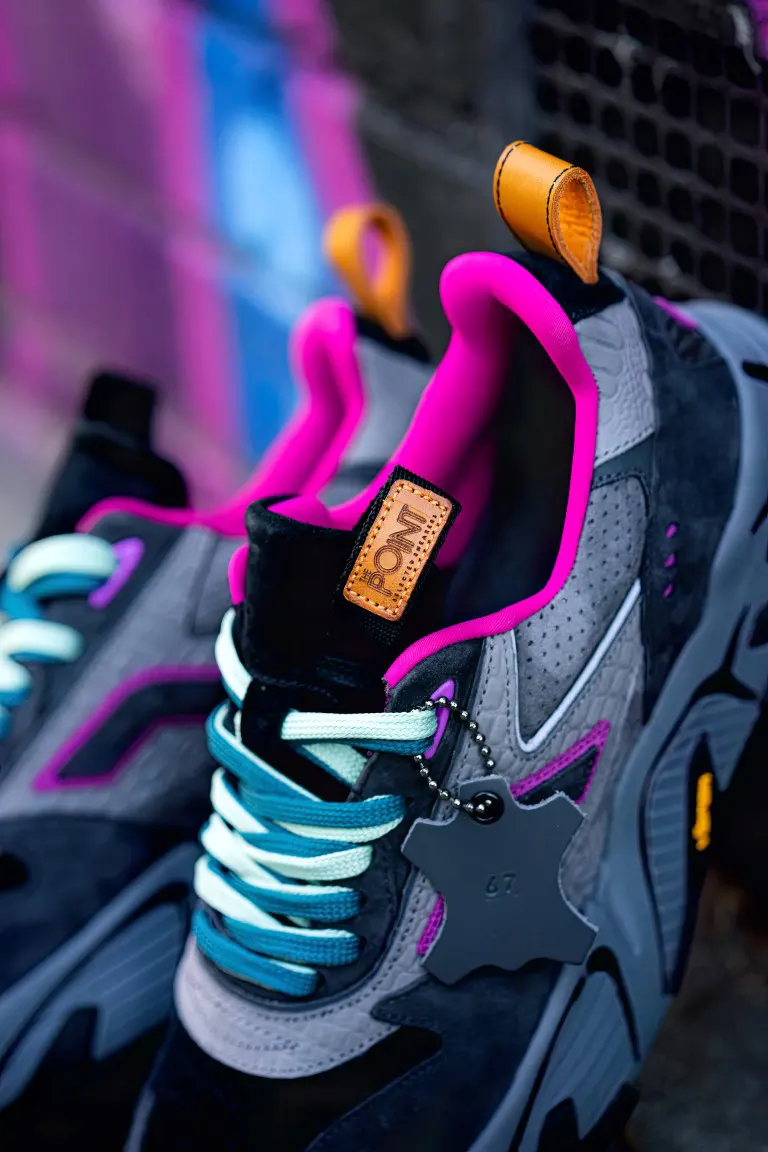
The term “macro” means large, and using a macro lens in product photography does exactly that – it magnifies your product, capturing detailed pictures with a sharp focus.
It doesn’t matter if your products are too small; this macro lens makes those tiny products much more significant than you have ever thought through your camera sensor.
Usually, the macro lens comes with a magnification lens ratio of 1:1; but some offer more than this, capturing larger-than-life images of products.
I’ve found that the macro lens’s infinite focusing distance has been beneficial not only in product photography but also in general photography.
However, the minimum distance varies from 12 inches or less according to the lenses of your camera.
Do I Need a Macro Lens for My Product Photography?
The question I often get asked is, “Do I need a macro lens for my product photography?” My answer is always a resounding yes.
The macro lens has been a versatile tool in my product photography, particularly when photographing small products.
The level of detail it captures is beyond human vision, making it an excellent tool for close-up photography. It’s also been useful as a portrait lens.
A macro lens will help you capture an image with amazing detail while also assisting in achieving the correct focus with the exact focal length. And, it doesn’t matter if you stand close to your products.
It basically maximizes the frame, DOF (depth of field), and resolution of your product’s image and then captures and provides a full detailed view of your product perfectly.
With a macro lens, I’ve been able to photograph electrical parts, small industrial and automotive pieces, jewelry items, and more.
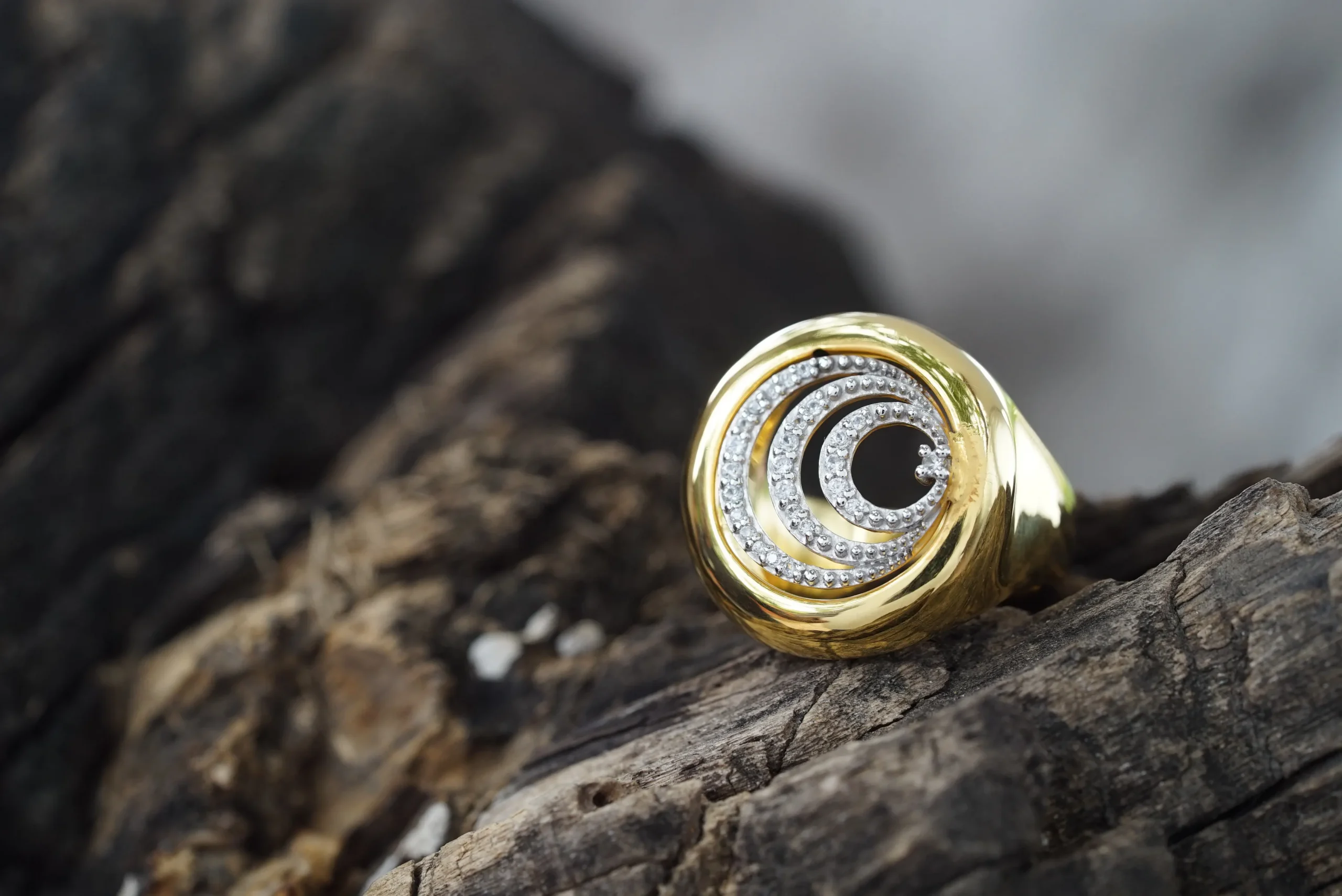
The macro lens allows for an appreciation of the craftsmanship and beauty of this piece of jewelry in a whole new light, as demonstrated in the above photo of an earring.
All in all, using a macro lens will offer you a lot of versatility while you are shooting close-up pictures of your products and also in your life photography.
Besides, this lens can also be used for tightly-cropped types of composition along with photography.
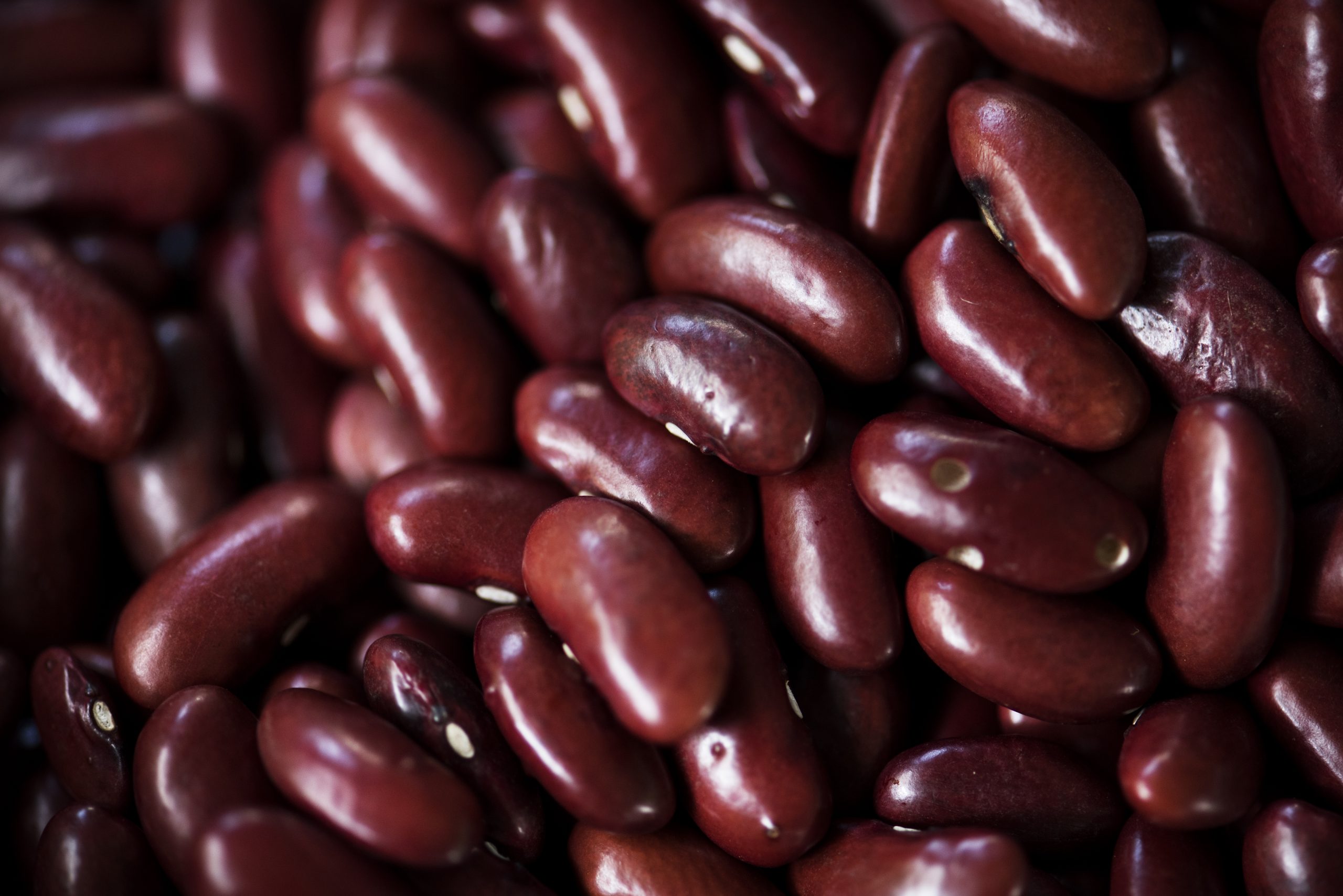
My Tip: Always consider the type of products you’re photographing. If they are small or require detailed shots, a macro lens is a must-have.
What is the Best Focal Length Used for a Macro Lens in Product Photography?
The focal length is a very significant factor of a macro lens that makes a huge difference in an image you capture.
I’ve used different focal lengths to achieve the best focused and sharp scale photo in my product photography. If you’re interested in scaling your product photos, check out my previous article on how to show scale in product photography.
However, the longer the focal length of your lens, the further you can shoot what you’re trying to capture.
Here, I have provided different focal lengths that are used for a macro lens. It will help you to decide to choose the best one for your product photography.
• 40-60mm Macro Lens
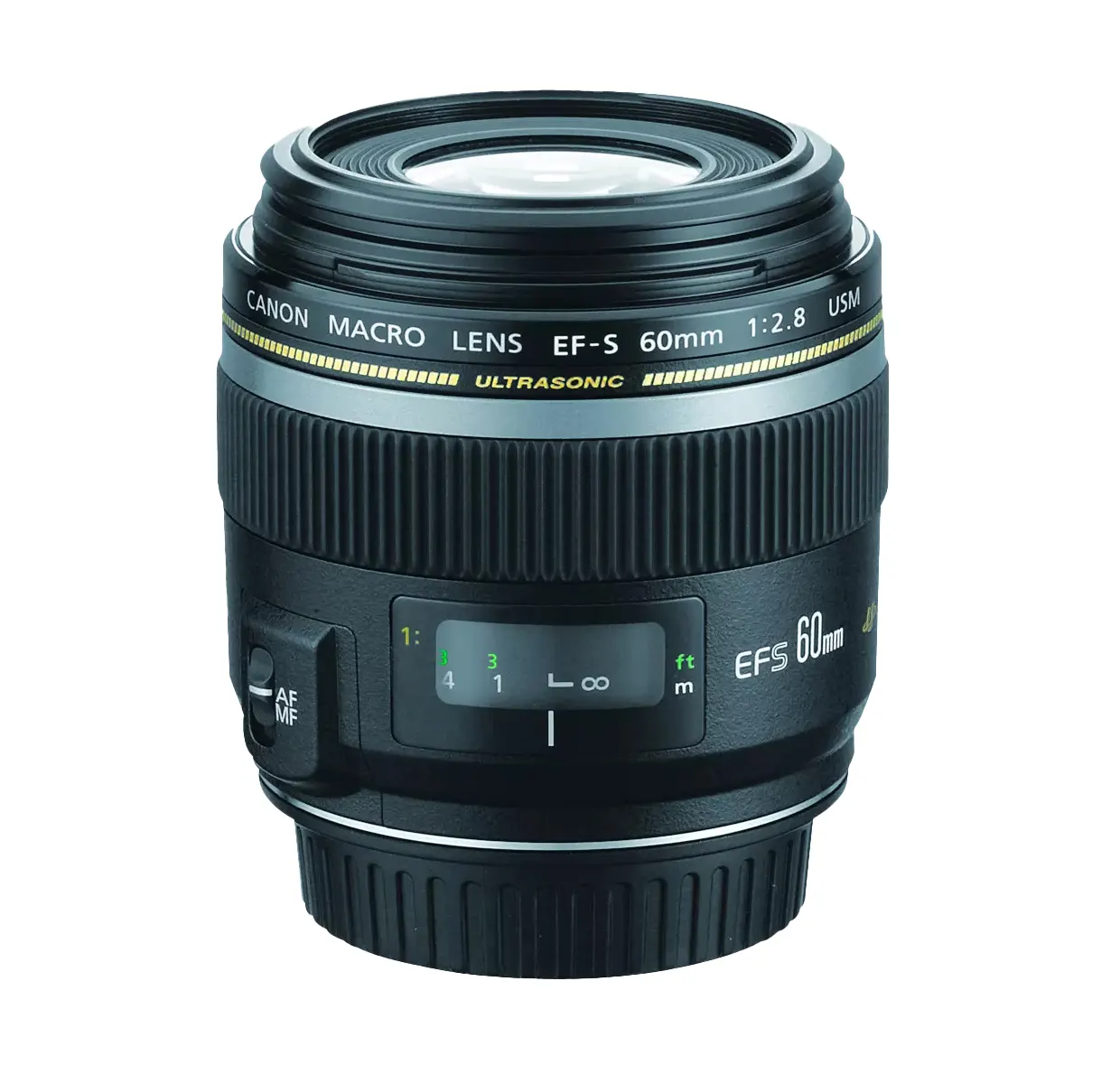
Source: usa.canon.com
The 40-60mm focal length range of macro lenses is considered perfect for capturing product photographs.

These lenses are great for smaller products where you want to capture fine details.
I often used them for photographing jewelry, watches, cosmetics, and other small items.
Besides, the 40-60mm focal length range of macro lenses can also be used for food photography where you want to highlight the texture and details of the food.
• 90-105mm Macro Lens
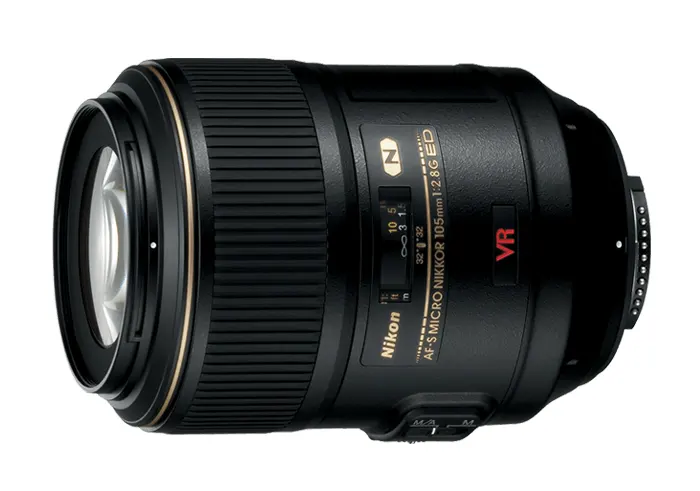
Source: nikonusa.com
The 90-105mm is a mid-range and classic focal length of a macro lens usually used for macro photography.
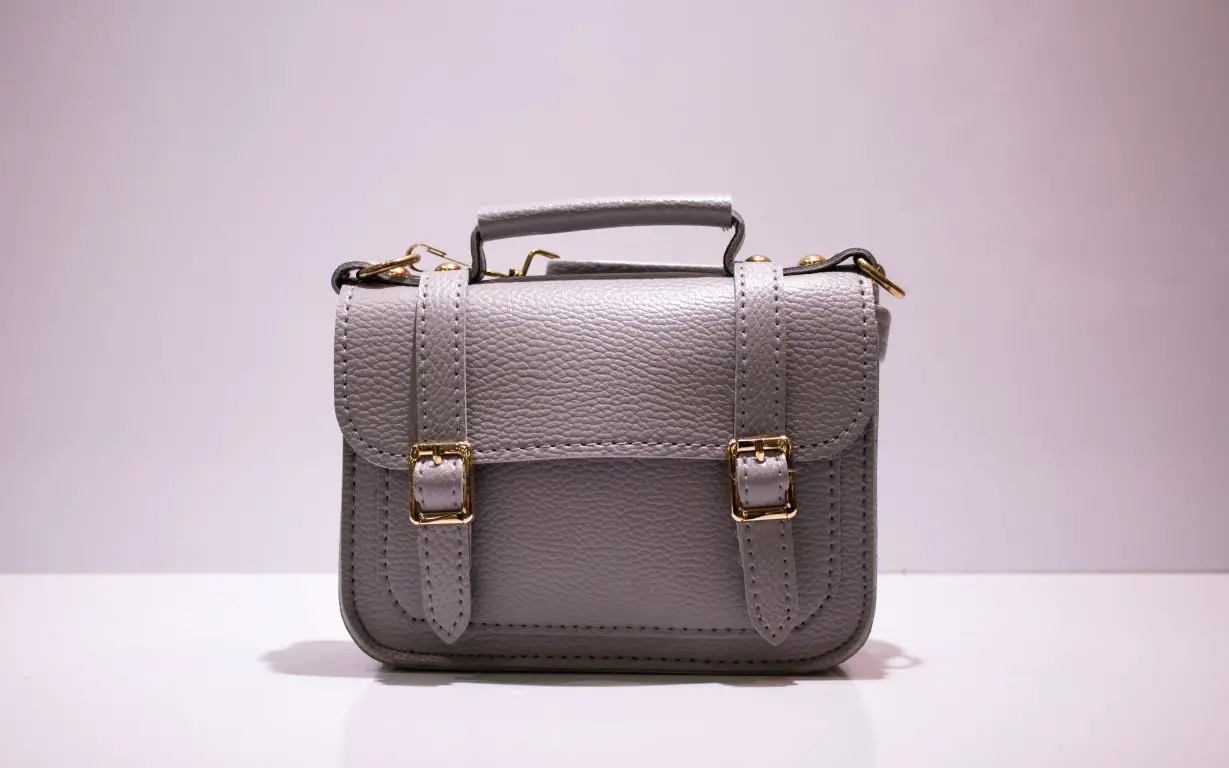
I’ve got perfect products shot by them for medium-sized product shoots like electronics, shoes, handbags, kitchenware, and other similar items.
They can also be used for smaller products when you want a bit more working distance.
This classic focal length is one of my favorite choices when it comes to capturing eye-close-up images.
• 150-200mm Macro Lens
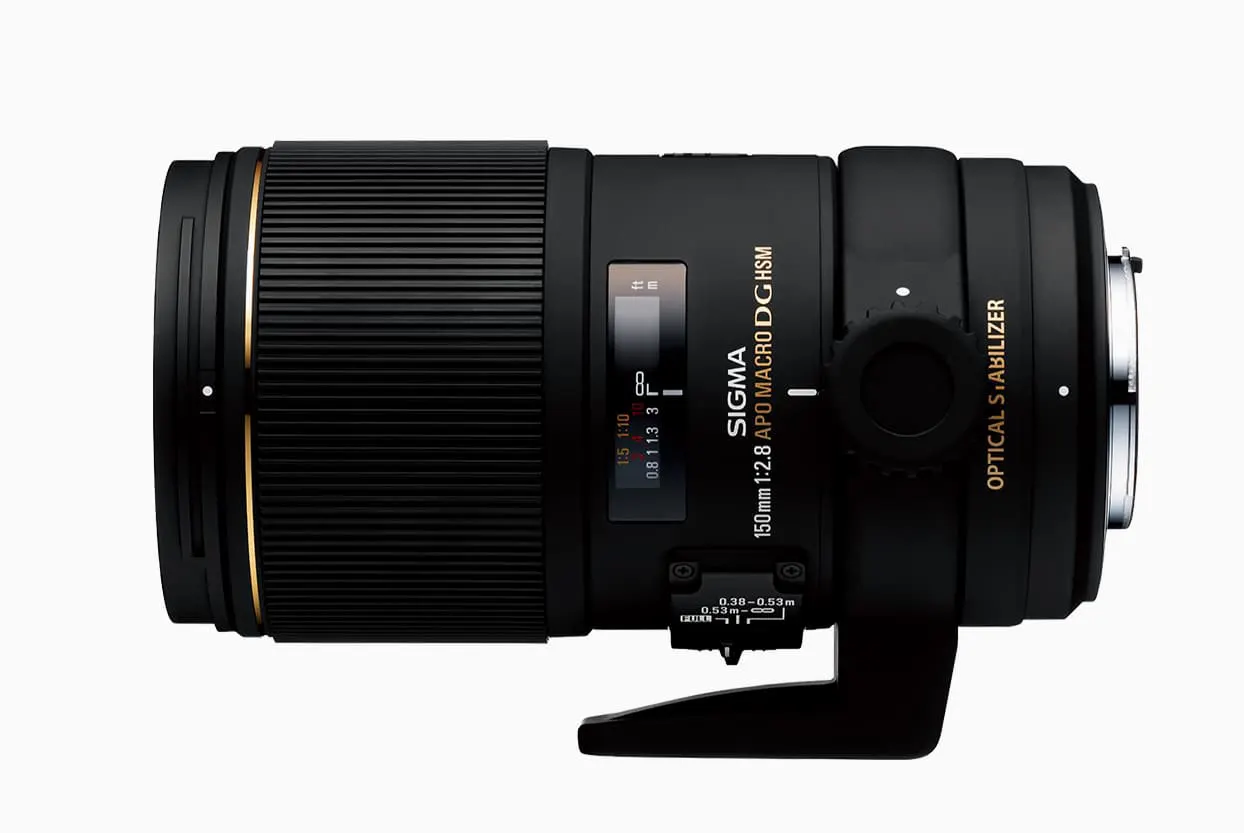
Source: sigma-global.com
The 150-200mm is an ideal focal length range if you have to capture larger products or when you want to capture the product from a distance.
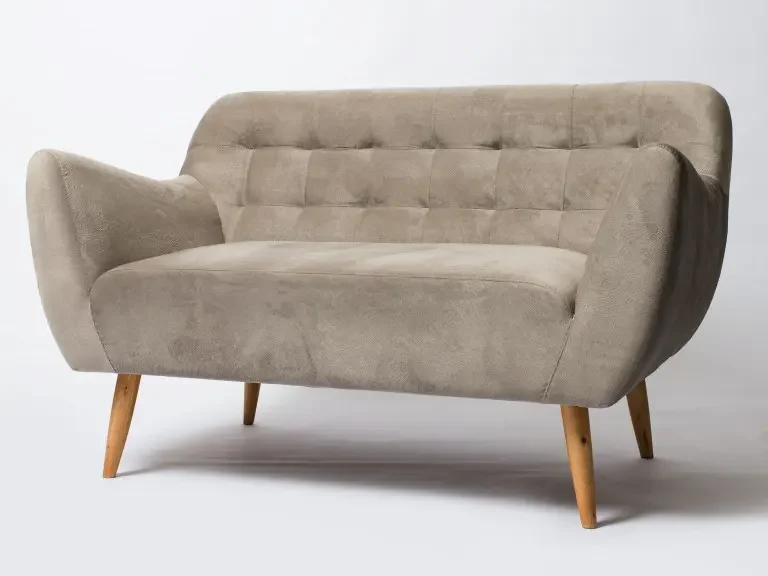
They can be used for larger electronics, furniture, clothing (especially when on a model), and other larger items.
They can also be used for smaller products when you want a more compressed perspective.
All right, here, have a look at the chart of different focal lengths used for a macro lens in product photography.
| Focal length range | Focal length | Approx. the distance at 1:1 Ratio | Recommended product types |
|---|---|---|---|
| 40-60mm | 50mm | 20 cm | Small products, jewelry, watches, cosmetics |
| 90-105mm | 100mm | 30 cm | Medium-sized products, electronics, shoes, handbags |
| 150-200mm | 160mm | 50 cm | Larger products, furniture, clothing on models |
However, distances and product recommendations may vary with different lenses and subjects.
So, the distance is measured from the subject to the sensor, not the lens front.
Achieving 1:1 magnification often requires the lens’s minimum focusing distance, which can be challenging in some scenarios.
My tip: Choose your macro lens based on your product type, size, and shooting preferences
What Do You Need to Consider Using a Macro Lens in Product Photography?
There are so many things that need to consider while using a macro lens in product photography shoots.
The following always comes first when I use a macro lens in my shoots.
• Stabilizing the Shot
If you have to capture macro photos in your product photography, the first thing you need to ensure is that you have stabilized the shot.
A steady shot of your product with a sharp focus helps to provide a detailed image without experiencing any vibration issues.
However, to stabilize the shot, you can turn on the image stabilization option on your camera built in it and use a tripod.
• Using the Right Light
In macro photography, you will need a lot of light while capturing a shot. Besides, you have to ensure the correct light settings, and if there is no natural light, you will have to use artificial light.
I think you have already read my previous article on product photography lighting for the ultimate guide on choosing the right lighting for product photography.
However I often use ring light which provides a continuous light source while combining other light sources. Check out the buyer’s guide to the best ring light for product photography.
• Using the Correct Apertures
You will require narrow apertures in macro photography to get a more focused picture of your products. Besides, if you want to keep a sharp image of your products, they have to be the same focal length.
To do so, you need to stop down the apertures to f/18 properly, and then you have to angle the image of your products.
• Try to Use the Focus Stacking Option
To combine diverse pictures of your products, you should use the focus stacking option on your camera with several focus length distances.
• Select Your Product Wisely
As it is macro product photography, therefore, choose your product wisely.
If you look over the focal length table, you will find that different focal lengths of macro lenses are used in several products according to the focal length range.
• Ensure a Minimum Focal Length Distance
Since you’re using the macro lens, you should ensure a minimum but appropriate focal length distance for the objects while using the option-Autofocus on your camera.
This will help you to take a nice steady shot of your products.
Conclusion
So, after reading the whole article what do you think now, Do you need a macro lens for your product photography?
Well, a macro lens on your camera acts as a magnifying glass. In the case of your product photography, I will highly recommend you use this macro lens.
The reason is it brings a high-resolution photograph of your products at a larger size than the original one. And thus, the customer can easily view a clear description of your products.
Justin Parker is a professional photographer and has been in the industry since 2007. He attended the University of Georgia. Justin combines his passion for photography and his interest in writing to give life to this blog which talks about photography in order to help and inspire young photographers.

